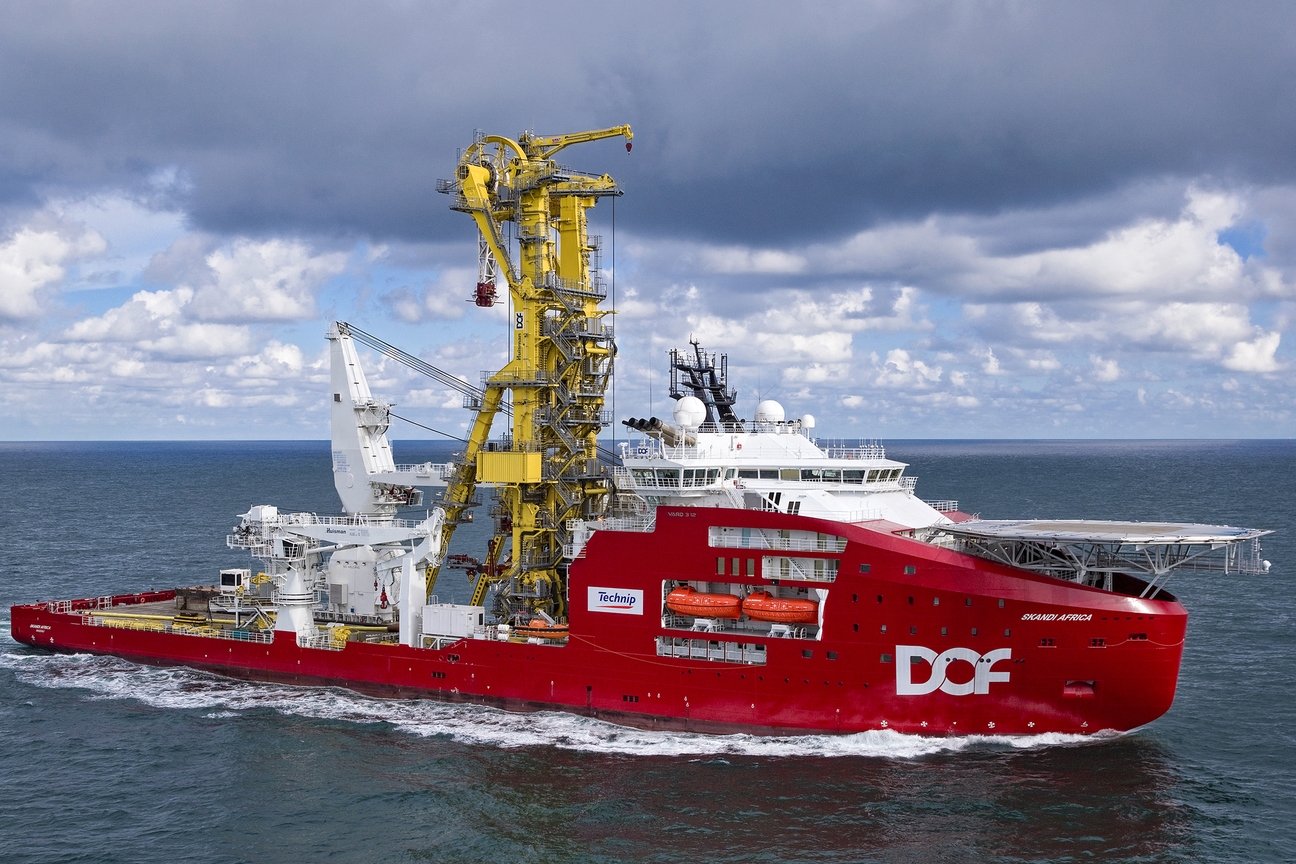
Accurate prediction of next minutes big waves from standard navigation radars
Ocean wave dynamics is the main challenge for all ocean operations. The most critical is subsea crane lifting operations. Today ocean operations are based on subjective assessments due to lack of wave pattern data. Full-scale logging and operation experience cannot be re-used to plan new operations, because wave patterns and corresponding vessel motions are unknown. The development of Rimarc next minutes wave prediction started in the Kongsberg Seatex ECOSTEPS project with MAROFF funding from the Norwegian Research Council.
Operator needs
The key focus is to give early warnings of next minutes large incoming waves to increase safety and be able to decide whether to start a critical lifting operation before or to wait after a big wave. Critical offshore crane operations over ship side are often limited to significant wave heights of only 1-2 m. The new RIMARC software makes it possible to plan optimum operations ahead of time:
• First the optimum heading of the vessel for minimum motions to be predicted before starting a lifting operation.
• Then predict large waves (height and period) and corresponding vessel motions ahead of time.
• Find the optimum start time for the critical phase of the operation to increase safety and reduce waiting time.
For offshore wind installation the cost margins are often much lower than for subsea offshore operations, and waiting on weather is often the highest cost.
Field testing
The first test vessel is the Solstad IMR vessel «Normand Ocean» that is operated by Deepocean in contract for Equinor.
Development and results
MIT Ocean Research started research and development of short-term deterministic wave prediction about 20 years ago and resolved several fundamental issues based on the physical behavior of waves, and especially the predictable zone theory. The unique here is that comprehensive full-scale comparisons have been carried out, and it is the first time that such a good systematic agreement between predicted waves and independent wave point measurements has been achieved.
Norce and MIT are now fully understanding the performance of the technology/ algorithms for deterministic wave prediction/ forecasting using ship-mounted X-band radar measurements. By application of the wave recovery algorithm, wave propagation theory, and the predictable zone theory to the full-scale data, the parameters that will help to improve the resolution and accuracy of the wave recovery and wave prediction, are identified. Leonid Vasilyev in Norce has now implemented all improvements, including software for automatic comparison of Rimarc wave predictions against all onboard MIROS wave measurements.

Norman Ocean has both a subsea offshore crane, and a HMS and a module handling system from MacGregor.
User interface
Kongsberg Seatex has installed a 4-split wide screen on the bridge of Normand Ocean to show the prototype user-interface to be further developed together with the operators.
New Rimarc wave prediction installation
The system is now also installed for further testing and development on Skandi Africa in the Kongsberg Maritime and DOF Intelligent Efficiency Project IEP, funded by Innovation Norway.
Further development using AI to improve prediction accurancy in high seas and to increase ahead prediction time
There have been lots of developments in machine learning and neural networks at MIT. We will apply for funding for further development using machine learning and neural networks for non-linear wave and ship motion prediction in close cooperation with MIT Ocean Research. It is not practically possible either in terms of time or costs to check all different sea states by simulations and full-scale tests to develop a completely accurate and robust wave and vessel motion prediction capability. The idea is to apply physics-informed machine learning to train neural networks, i.e. approximate non-linear models for predicting both non-linear waves and accurate ship responses for the next 10 minutes.

Predicted incoming waves are measured by MIROS wave radar in the bow. Typically, a radar measurement area of 3 km2 that is 2 km away will reach the wessel in about 5 minutes.

Example of raw data from navigation radar and predicted corresponding wave pattern.

The above figure (a) Hs=1,5m, (b) Hs=3m and (d) Hs=6m show that the wave energy spectra was well predicted up to Hs=6m. For Hs=6.6m in figure (c) the radar images miss the dominant waves. Both radar antenna height and rotation speed to be increased to obtain more accurate radar measurements in severe seas.